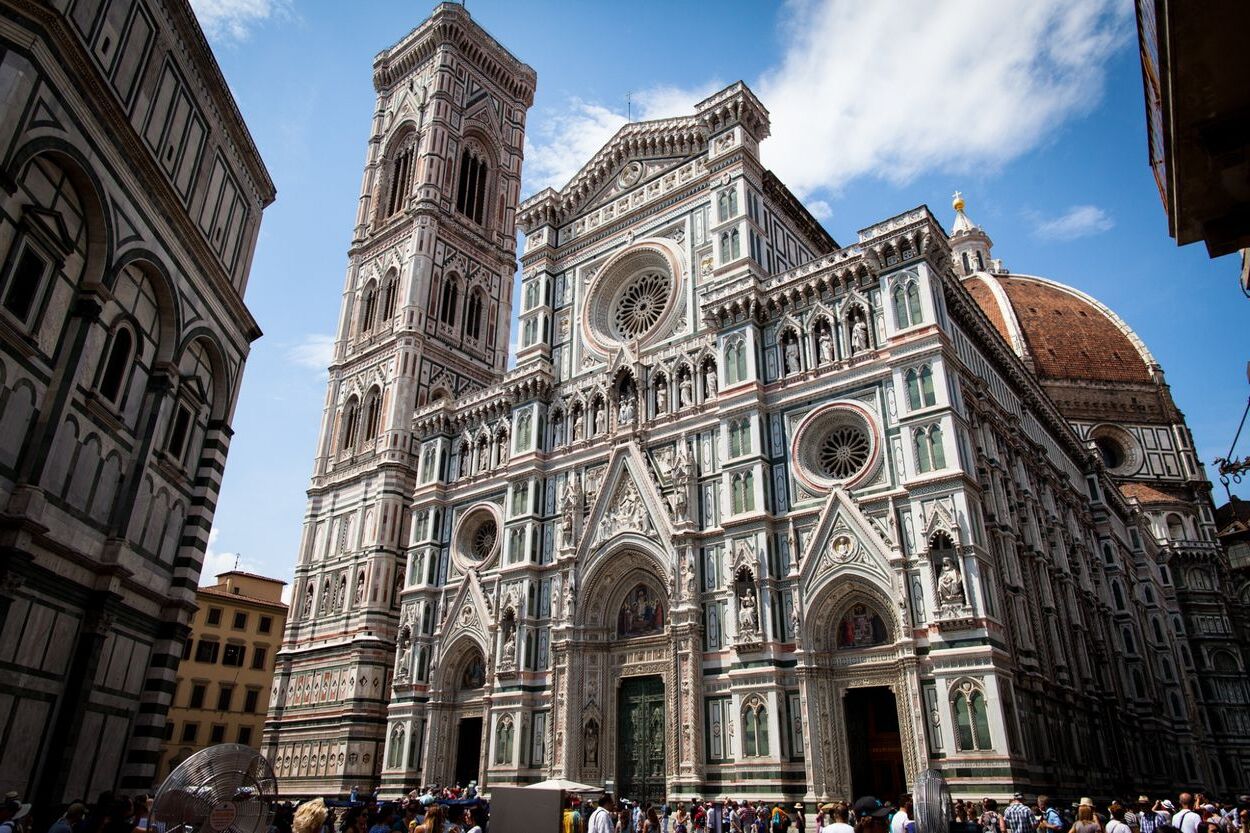
What is an Episcopal See? An Episcopal See is the area of a bishop's ecclesiastical jurisdiction. Think of it as the bishop's "home base" where they oversee church activities. The term "see" comes from the Latin word "sedes," meaning "seat," which refers to the bishop's chair, a symbol of their authority. Episcopal Sees are often located in cities with historical significance and are central to the administration of the diocese. They play a crucial role in the organization of the church, guiding spiritual and administrative matters. Understanding the importance of an Episcopal See helps grasp the broader structure of church governance.
What is an Episcopal See?
An Episcopal See is the area of a bishop's ecclesiastical jurisdiction. It’s a term often used in Christian denominations like the Roman Catholic, Anglican, and Eastern Orthodox churches. Here are some fascinating facts about Episcopal Sees.
-
The word "see" comes from the Latin word "sedes," meaning "seat." It refers to the bishop's chair, symbolizing authority.
-
The bishop's seat is often located in a cathedral, which is the central church of the diocese.
-
The concept of an Episcopal See dates back to the early Christian church, where bishops were appointed to oversee specific regions.
Historical Significance of Episcopal Sees
Episcopal Sees have played a crucial role in the history of Christianity. They have been centers of religious, cultural, and political influence.
-
The first Episcopal Sees were established in major cities of the Roman Empire, such as Rome, Alexandria, and Antioch.
-
The Bishop of Rome, also known as the Pope, is considered the most significant Episcopal See in the Roman Catholic Church.
-
During the Middle Ages, Episcopal Sees often held significant political power and were involved in governance.
Episcopal Sees Around the World
Episcopal Sees are not limited to any one region; they are found worldwide, each with its unique history and significance.
-
Canterbury is one of the most famous Episcopal Sees in the Anglican Church, with the Archbishop of Canterbury being a key figure.
-
The See of Constantinople, now Istanbul, is a major Episcopal See in the Eastern Orthodox Church.
-
In the United States, the Episcopal Church has numerous sees, including the Diocese of New York and the Diocese of Los Angeles.
The Role of a Bishop in an Episcopal See
Bishops play a vital role in the administration and spiritual guidance of their dioceses. They are responsible for various duties and functions.
-
Bishops oversee the clergy within their diocese, ensuring that church teachings and practices are followed.
-
They are often involved in community outreach and social justice initiatives.
-
Bishops also play a role in the ordination of new priests and deacons.
Unique Facts About Specific Episcopal Sees
Some Episcopal Sees have unique characteristics or historical events associated with them. Here are a few intriguing examples.
-
The See of Milan is known for the Ambrosian Rite, a unique liturgical tradition different from the Roman Rite.
-
The See of Jerusalem holds special significance due to its location in the Holy Land, central to Christian history.
-
The See of Armagh in Ireland is one of the oldest Episcopal Sees, dating back to St. Patrick.
Modern Developments in Episcopal Sees
Episcopal Sees continue to evolve and adapt to modern times, addressing contemporary issues and challenges.
-
Many Episcopal Sees are now involved in interfaith dialogue, promoting understanding between different religions.
-
Some sees have embraced technology, using social media and online platforms to reach a broader audience.
-
Environmental stewardship has become a focus for many Episcopal Sees, with bishops advocating for sustainable practices.
Fun Facts About Episcopal Sees
Beyond their serious roles, there are some fun and lesser-known facts about Episcopal Sees.
-
The term "cathedral" comes from the Latin word "cathedra," meaning "chair," referring to the bishop's seat.
-
Some Episcopal Sees have unique traditions, such as the Blessing of the Fleet in coastal dioceses, where boats are blessed for safety and prosperity.
Final Thoughts on Episcopal Sees
Episcopal sees hold a rich tapestry of history and significance. Each one serves as a central hub for spiritual leadership, community activities, and cultural heritage. From ancient times to modern days, these sees have been pivotal in shaping religious and social landscapes. They often house stunning cathedrals, historical artifacts, and serve as pilgrimage destinations.
Understanding the role and importance of episcopal sees can deepen appreciation for their contributions to society. Whether you're a history buff, a religious scholar, or just curious, exploring these facts can offer new perspectives. So next time you visit a cathedral or read about a bishop's work, you'll have a richer context for what these sees represent.
Thanks for joining us on this journey through the fascinating world of episcopal sees. Keep exploring, learning, and appreciating the history around us.
Was this page helpful?
Our commitment to delivering trustworthy and engaging content is at the heart of what we do. Each fact on our site is contributed by real users like you, bringing a wealth of diverse insights and information. To ensure the highest standards of accuracy and reliability, our dedicated editors meticulously review each submission. This process guarantees that the facts we share are not only fascinating but also credible. Trust in our commitment to quality and authenticity as you explore and learn with us.


